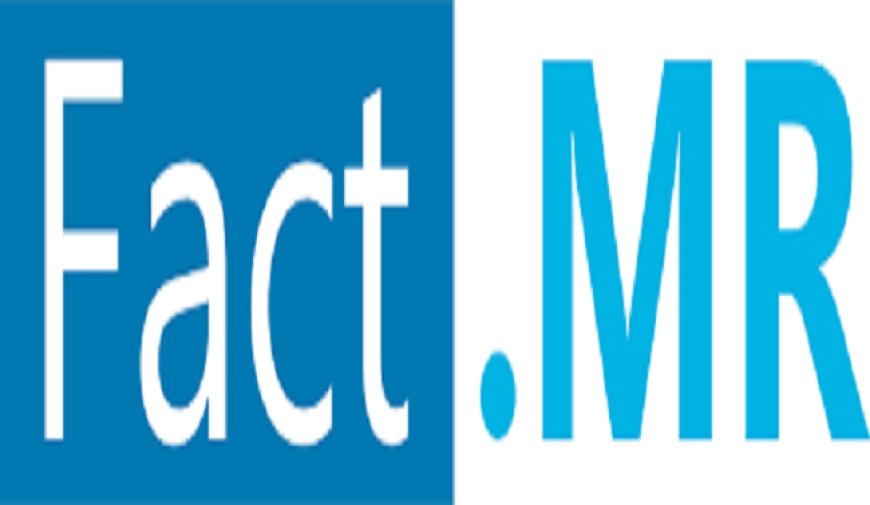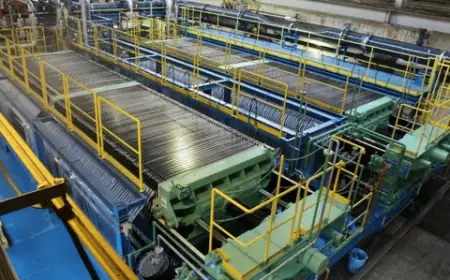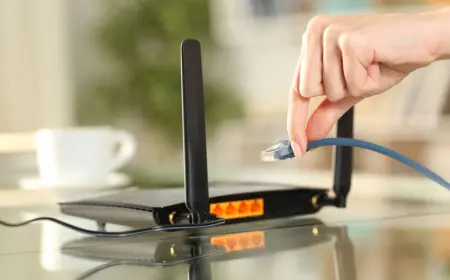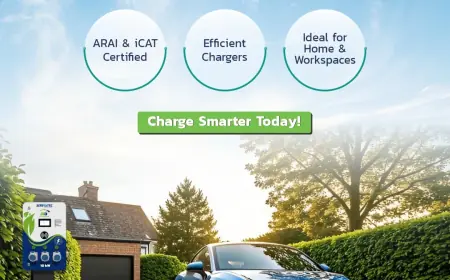Increased Safety Measures Drive Hydrant Dispensers Market Growth
The hydrant dispensers market is expected to reach a worth of $172.1 million globally in 2023 and grow at a compound annual growth rate (CAGR) of 5.3% to reach $249.9 million by the end of 2033.

The hydrant dispensers market is expected to reach a worth of $172.1 million globally in 2023 and grow at a compound annual growth rate (CAGR) of 5.3% to reach $249.9 million by the end of 2033.
The market for hydrant dispensers is essential to the aviation sector because it offers dependable and effective fueling options for aeroplanes at airports all around the world. Specialised cars known as "hydrant dispensers" are designed to transport fuel straight from airport fuel hydrant systems to aeroplanes parked at gates or distant stands. This fueling technique greatly shortens turnaround times for refuelling operations and does away with the requirement for conventional tanker trucks. The demand for more streamlined fuelling procedures to support effective airport operations and the growth of aviation traffic are driving the market for hydrant dispensers.
Market Outlook
The outlook for the hydrant dispensers market remains positive, with continued growth anticipated in the coming years. The expansion of airline fleets, coupled with the increasing number of new airport constructions and upgrades, is expected to drive market demand. Additionally, the focus on reducing carbon emissions and promoting sustainable aviation practices is driving the adoption of eco-friendly fueling solutions, including hydrant dispensers. Technological innovations, such as remote monitoring and real-time data analytics, are poised to further enhance operational efficiency and safety standards in fueling operations.
Market Demand
The demand for hydrant dispensers is driven by their indispensable role in ensuring efficient and safe aircraft refueling operations at airports worldwide. With air traffic volumes on the rise, airports are seeking reliable fueling solutions that can accommodate quick turnaround times between flights. Hydrant dispensers enable airlines to refuel aircraft directly at gates or remote stands, minimizing taxiing and queuing times. This operational efficiency not only reduces fueling costs but also enhances overall airport productivity and passenger satisfaction. The growing emphasis on operational efficiency and environmental sustainability in aviation fuels the demand for advanced fueling technologies like hydrant dispensers.
List of Key Companies Profiled in The Report
- BETA Fueling Systems
- Garsite Progress LLC
- Globe Hi-Fabs LLP
- Holmwood Group
- ITURRI Group
- KAR-KUNZ REFUELING
- LIQUIP VICTORIA
- ROHR Spezialfahrzeuge GmbH
- Others
Recent Industry News
Recent industry news highlights advancements and strategic developments in the hydrant dispensers market. Companies are unveiling next-generation hydrant dispenser technologies aimed at improving fueling efficiency and safety standards. For instance, new product launches featuring enhanced fuel flow management systems and advanced automation capabilities are gaining traction among airport operators seeking to optimize fueling operations. Moreover, regulatory approvals and certifications for new hydrant dispenser models are facilitating market entry and compliance with international aviation standards.
Notable Developments
The hydrant dispensers market has witnessed notable developments focused on enhancing product performance and expanding market reach. Manufacturers are investing in research and development to introduce innovative features such as integrated fuel monitoring systems and real-time data analytics. Strategic partnerships and collaborations are also prevalent, aimed at leveraging expertise in fueling technologies and expanding global distribution networks. Furthermore, advancements in materials and manufacturing processes are enabling the production of durable and cost-effective hydrant dispenser solutions tailored to meet the evolving needs of modern airports and airlines.
Competitive Landscape
Major players in the hydrant dispensers market are increasingly focusing on the production of units tailored for narrow-body aircraft. This strategic shift aims to meet the specific operational needs of airlines operating smaller fleets, enhancing efficiency and reducing turnaround times at airports. Concurrently, targeted acquisitions and strategic partnerships with airlines are pivotal in driving manufacturers' growth strategies. These alliances facilitate collaborative efforts to innovate and customize hydrant dispensers according to airlines' evolving requirements, thereby strengthening market competitiveness.
For example, in March 2022, Bangkok Aviation Fuel Services (BAFS) partnered with the ITTURI group to advance its sustainability agenda towards achieving net zero emissions. This collaboration leverages ITTURI's expertise in research and development for hydrogen-powered vehicles and electric refueling solutions, complemented by BAFS' operational insights and infrastructure capabilities. Together, they aim to pioneer less polluting and more efficient fueling technologies, aligning with industry trends towards sustainable aviation practices and reducing environmental impact.
What's Your Reaction?
 Like
0
Like
0
 Dislike
0
Dislike
0
 Love
0
Love
0
 Funny
0
Funny
0
 Angry
0
Angry
0
 Sad
0
Sad
0
 Wow
0
Wow
0














































